Home>Renovation & DIY>Tools & Equipment>How To Sharpen A Screwdriver
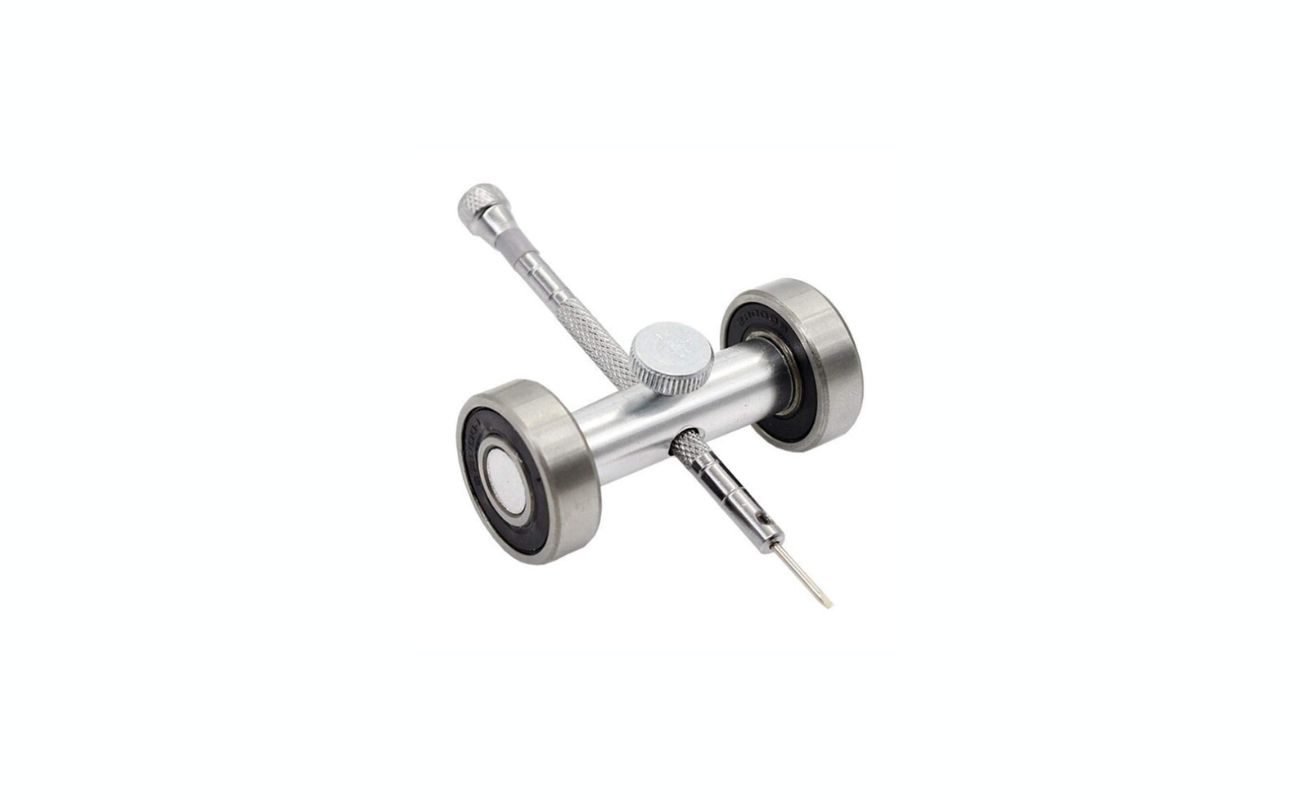

Tools & Equipment
How To Sharpen A Screwdriver
Modified: August 25, 2024
Learn how to sharpen a screwdriver with our step-by-step guide. Keep your tools and equipment in top condition with our expert tips.
(Many of the links in this article redirect to a specific reviewed product. Your purchase of these products through affiliate links helps to generate commission for Storables.com, at no extra cost. Learn more)
**
Introduction
**
Screwdrivers are essential tools in any toolbox, serving a multitude of purposes, from assembling furniture to fixing appliances. However, over time, the tip of a screwdriver can become worn or damaged, leading to reduced effectiveness and frustration during use. Fortunately, with the right knowledge and tools, it's possible to restore a screwdriver's tip to its original sharpness, extending its lifespan and utility.
In this comprehensive guide, we will delve into the art of sharpening a screwdriver, providing step-by-step instructions and valuable insights to help you achieve optimal results. Whether you're a seasoned DIY enthusiast or a novice with a growing interest in home repairs, mastering this skill will undoubtedly prove valuable in your endeavors.
Now, let's embark on a journey to unravel the nuances of screwdriver sharpening, empowering you to breathe new life into your trusty tools and tackle future projects with confidence.
Key Takeaways:
- Sharpening a screwdriver is essential for maintaining its effectiveness, and with the right tools and techniques, you can breathe new life into your trusty tool, ensuring it remains a reliable asset in your toolkit.
- By mastering the art of screwdriver sharpening, you can elevate your efficiency in various projects and repairs, fostering a deeper connection with your tools and empowering you to tackle tasks with precision and confidence.
Understanding the Parts of a Screwdriver
Before delving into the intricacies of sharpening a screwdriver, it’s essential to understand the key components of this ubiquitous tool. A standard screwdriver comprises several distinct parts, each playing a crucial role in its functionality.
Handle: The handle, often made of durable materials such as plastic, rubber, or wood, provides a comfortable grip for the user. Ergonomically designed handles are particularly beneficial for extended use, reducing strain and fatigue.
Shank: The shank is the elongated, cylindrical portion of the screwdriver, connecting the handle to the tip. It must exhibit robustness and durability to withstand the torque applied during use.
Tip: The tip, also known as the blade, engages with the screw’s head, enabling the user to rotate and drive it into a surface. Screwdriver tips come in various shapes and sizes, each tailored to specific screw heads, such as slotted, Phillips, Torx, or hexagonal.
Flutes: Some screwdriver tips feature flutes, which are grooves or indentations along the sides of the blade. These flutes aid in gripping the screw, preventing slippage and ensuring efficient torque transfer.
Understanding these components is crucial when assessing a screwdriver’s condition and determining the appropriate sharpening techniques. With this knowledge in mind, you’ll be better equipped to identify signs of wear and address them effectively, ultimately prolonging the lifespan of your valuable tools.
Choosing the Right Sharpening Tools
When it comes to sharpening a screwdriver, the selection of appropriate sharpening tools is paramount to achieving optimal results. Here are the key tools you’ll need to effectively sharpen a screwdriver:
1. Bench Grinder:
A bench grinder equipped with a fine-grit wheel is an excellent tool for sharpening screwdriver tips. The high-speed rotation of the wheel allows for efficient material removal, restoring the tip's sharpness with precision.
2. File Set:
A set of fine metal files, including triangular and half-round files, can be used to manually reshape and sharpen the tip of a screwdriver. These files provide meticulous control over the sharpening process, making them ideal for intricate work.
3. Sharpening Stone:
A sharpening stone, particularly one with a fine grit, is effective for honing and refining the tip of a screwdriver. This tool is valuable for achieving a razor-sharp edge and ensuring the tip's geometry is restored to its original specifications.
4. Sandpaper:
For minor touch-ups and polishing, fine-grit sandpaper can be utilized to smoothen the edges of the screwdriver tip, enhancing its overall sharpness and precision.
5. Safety Equipment:
Prioritize safety by wearing protective gear, including safety goggles and gloves, to shield yourself from potential hazards during the sharpening process.
When selecting these tools, prioritize quality and precision to ensure the best outcome. Additionally, familiarize yourself with the specific characteristics of each tool and how they can be effectively utilized to restore the sharpness of your screwdriver. With the right tools at your disposal, you'll be well-equipped to embark on the screwdriver sharpening process with confidence and proficiency.
To sharpen a screwdriver, use a fine grit sharpening stone or sandpaper to carefully sharpen the blade at a 60-degree angle. Make sure to maintain the original shape of the blade and test the sharpness before use.
Steps to Sharpening a Screwdriver
Sharpening a screwdriver involves a series of meticulous steps to ensure the tip is restored to its optimal sharpness. Follow these comprehensive steps to sharpen a screwdriver effectively:
1. Assessment:
Begin by inspecting the screwdriver tip for signs of wear, such as bluntness, rounding, or chipping. Identifying the areas that require sharpening will guide your approach and ensure targeted restoration.
2. Secure the Screwdriver:
Stabilize the screwdriver using a vise or clamp, ensuring it remains steady and secure throughout the sharpening process. This minimizes the risk of accidents and allows for precise manipulation of the sharpening tools.
3. Choose the Sharpening Tool:
Select the most suitable sharpening tool based on the extent of wear and the desired level of sharpness. Whether using a bench grinder, file set, sharpening stone, or sandpaper, ensure the chosen tool aligns with the specific sharpening requirements of the screwdriver tip.
4. Sharpening Technique:
Employ the chosen sharpening tool to carefully reshape the tip of the screwdriver, maintaining the original angle and contour. Exercise patience and precision, applying consistent pressure and fluid motions to achieve a uniform and sharp edge.
5. Test Periodically:
Intermittently test the sharpness of the screwdriver tip by attempting to engage it with a screw. Assess the ease of insertion and the grip on the screw head, adjusting the sharpening technique as needed to attain the desired level of sharpness.
6. Refinement and Polishing:
Once the desired sharpness is achieved, refine the tip by lightly polishing it with a fine-grit sandpaper or a sharpening stone. This final touch enhances the smoothness and precision of the tip, ensuring optimal performance during use.
7. Clean and Inspect:
Thoroughly clean the screwdriver to remove any metal shavings or debris resulting from the sharpening process. Inspect the tip to ensure it meets the desired sharpness and geometry, making any final adjustments if necessary.
By meticulously following these steps, you can effectively sharpen a screwdriver, revitalizing its functionality and ensuring it remains a reliable tool in your arsenal.
Testing the Sharpness of the Screwdriver
After sharpening a screwdriver, it’s crucial to assess its sharpness to ensure optimal functionality and performance. Testing the sharpness involves practical evaluations to gauge the screwdriver’s effectiveness in engaging and turning screws. Here are the key methods for testing the sharpness of a screwdriver:
1. Screw Engagement:
Select a compatible screw and attempt to engage the sharpened screwdriver tip with the screw head. Assess the ease of insertion and the level of grip exerted by the tip. A sharp screwdriver should effortlessly seat itself in the screw head, minimizing slippage and ensuring a secure connection.
2. Turning Torque:
Apply controlled torque to the screwdriver while turning the screw. A sharp screwdriver should transmit torque efficiently, enabling smooth and precise rotation of the screw without slipping or causing damage to the screw head.
3. Visual Inspection:
Examine the screw head after driving it with the sharpened screwdriver. A properly sharpened screwdriver will leave minimal to no marks on the screw head, indicating a precise and secure engagement without slippage.
4. Comparative Assessment:
Compare the performance of the sharpened screwdriver with other screwdrivers in your toolkit. Evaluate its ability to engage and turn screws with minimal effort, noting any significant improvements in performance resulting from the sharpening process.
5. Fine Adjustment:
If the initial testing reveals any shortcomings in the screwdriver’s sharpness, consider making minor adjustments to the tip using the selected sharpening tool. Fine-tune the sharpness until the screwdriver consistently demonstrates optimal performance during testing.
By conducting these practical tests, you can confidently ascertain the sharpness and effectiveness of the sharpened screwdriver. This ensures that the tool is primed for a wide range of applications, from household repairs to professional projects, empowering you to tackle tasks with precision and efficiency.
Read more: How To Sharpen Scissors With Sandpaper
Conclusion
Sharpening a screwdriver is a valuable skill that can prolong the lifespan of your tools and elevate your efficiency in various projects and repairs. By understanding the components of a screwdriver and employing the appropriate sharpening tools, you can breathe new life into worn or damaged screwdriver tips, ensuring they remain reliable assets in your toolkit.
Through the meticulous steps of assessing, securing, sharpening, and testing the screwdriver, you can achieve a level of sharpness that enhances the tool’s performance and versatility. The ability to engage and turn screws with precision and minimal effort is a testament to the effectiveness of the sharpening process, demonstrating the impact of a well-maintained screwdriver on your productivity and results.
Furthermore, the process of sharpening a screwdriver fosters a deeper connection with your tools, instilling a sense of care and craftsmanship that transcends mere utility. It empowers you to take ownership of your equipment, ensuring that they consistently meet the demands of your projects with finesse and reliability.
As you embark on your journey to sharpening screwdrivers, remember that patience, precision, and safety are paramount. By prioritizing these principles, you can master this essential skill and elevate your capabilities as a DIY enthusiast, craftsman, or professional tradesperson.
Armed with the knowledge and insights shared in this guide, you are well-equipped to embark on the process of sharpening screwdrivers with confidence and proficiency, enriching your experience in the realm of tools and equipment maintenance.
Embrace the art of screwdriver sharpening, and witness the transformative impact it has on your projects, efficiency, and overall craftsmanship.
Frequently Asked Questions about How To Sharpen A Screwdriver
Was this page helpful?
At Storables.com, we guarantee accurate and reliable information. Our content, validated by Expert Board Contributors, is crafted following stringent Editorial Policies. We're committed to providing you with well-researched, expert-backed insights for all your informational needs.
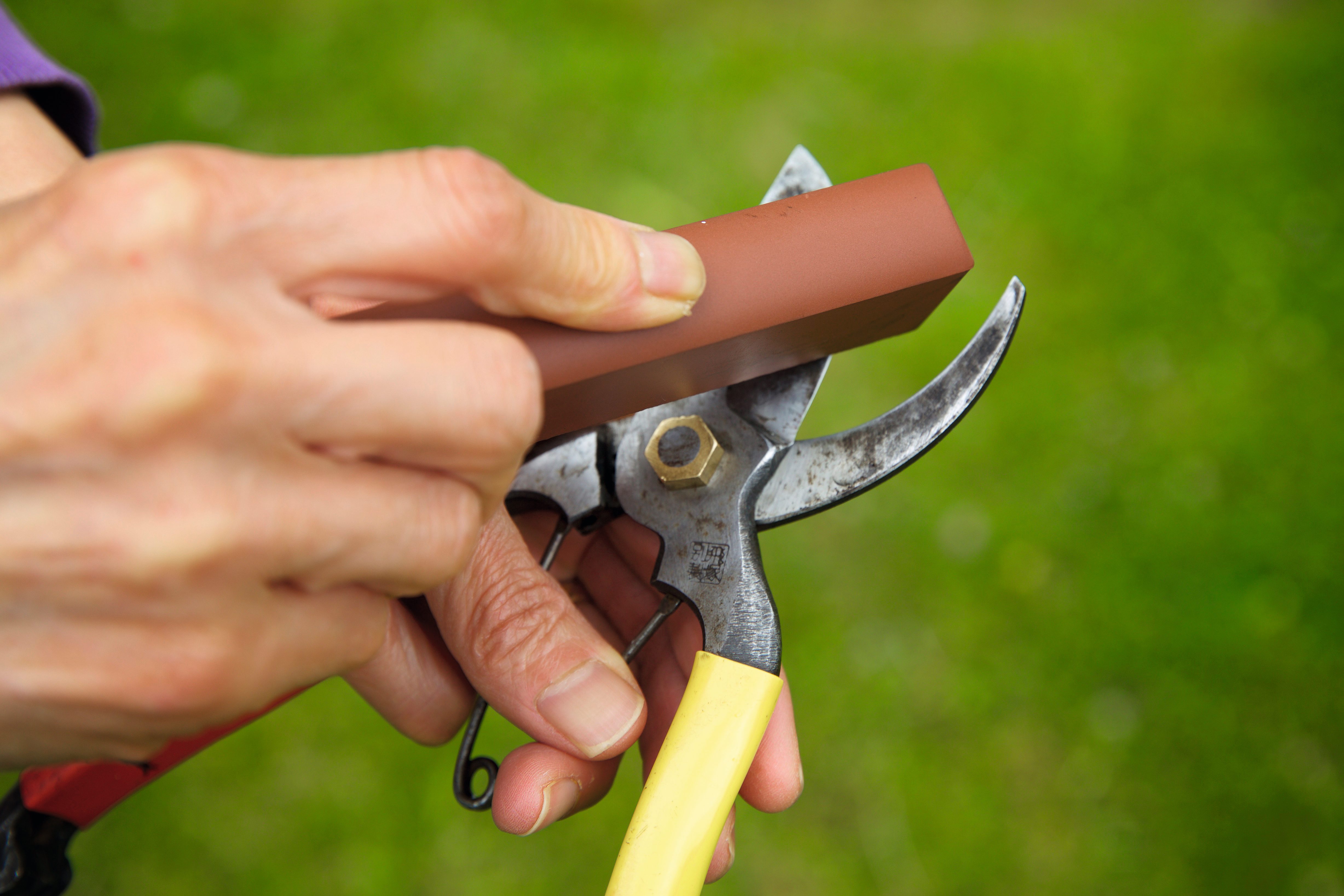
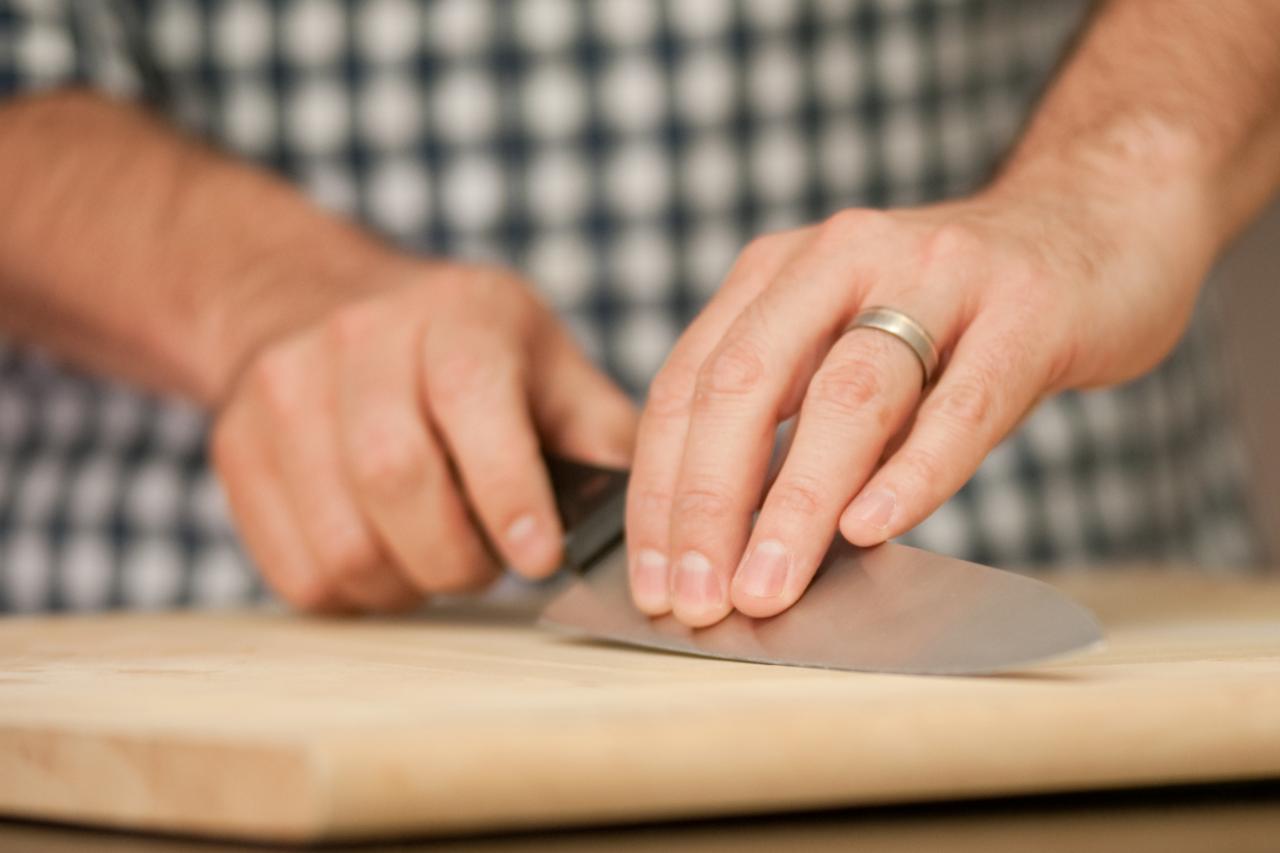
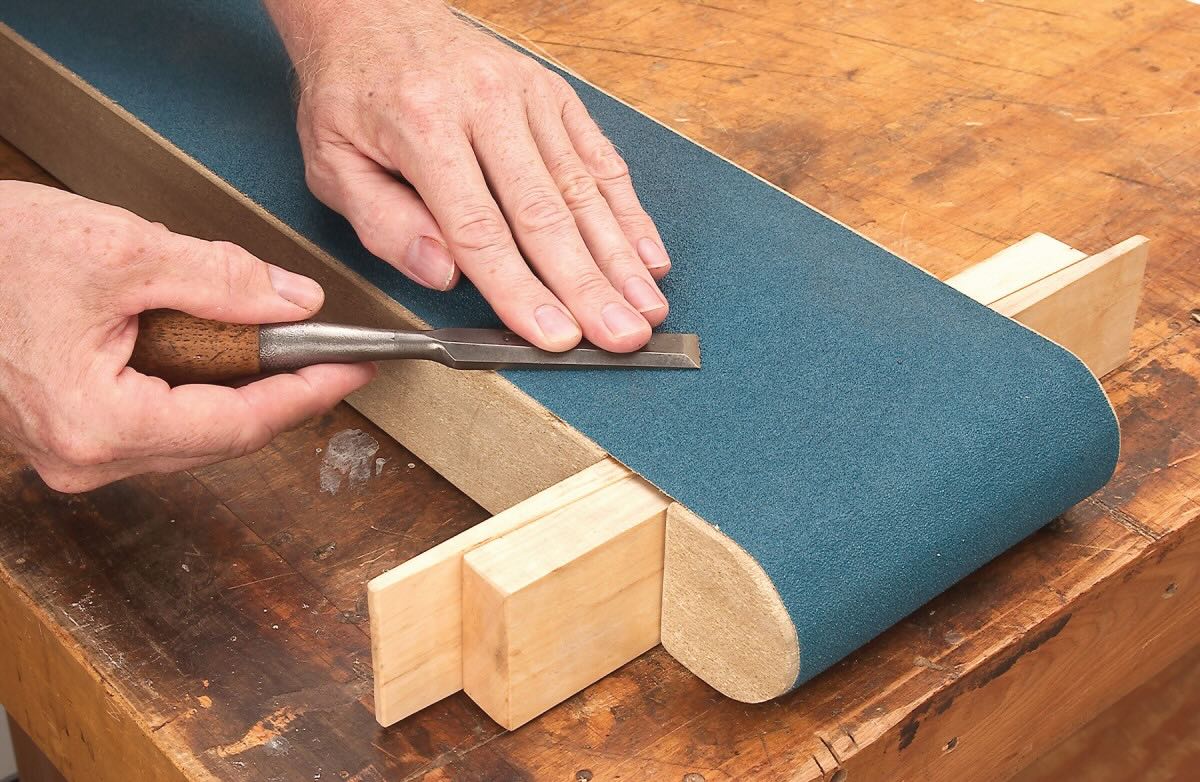
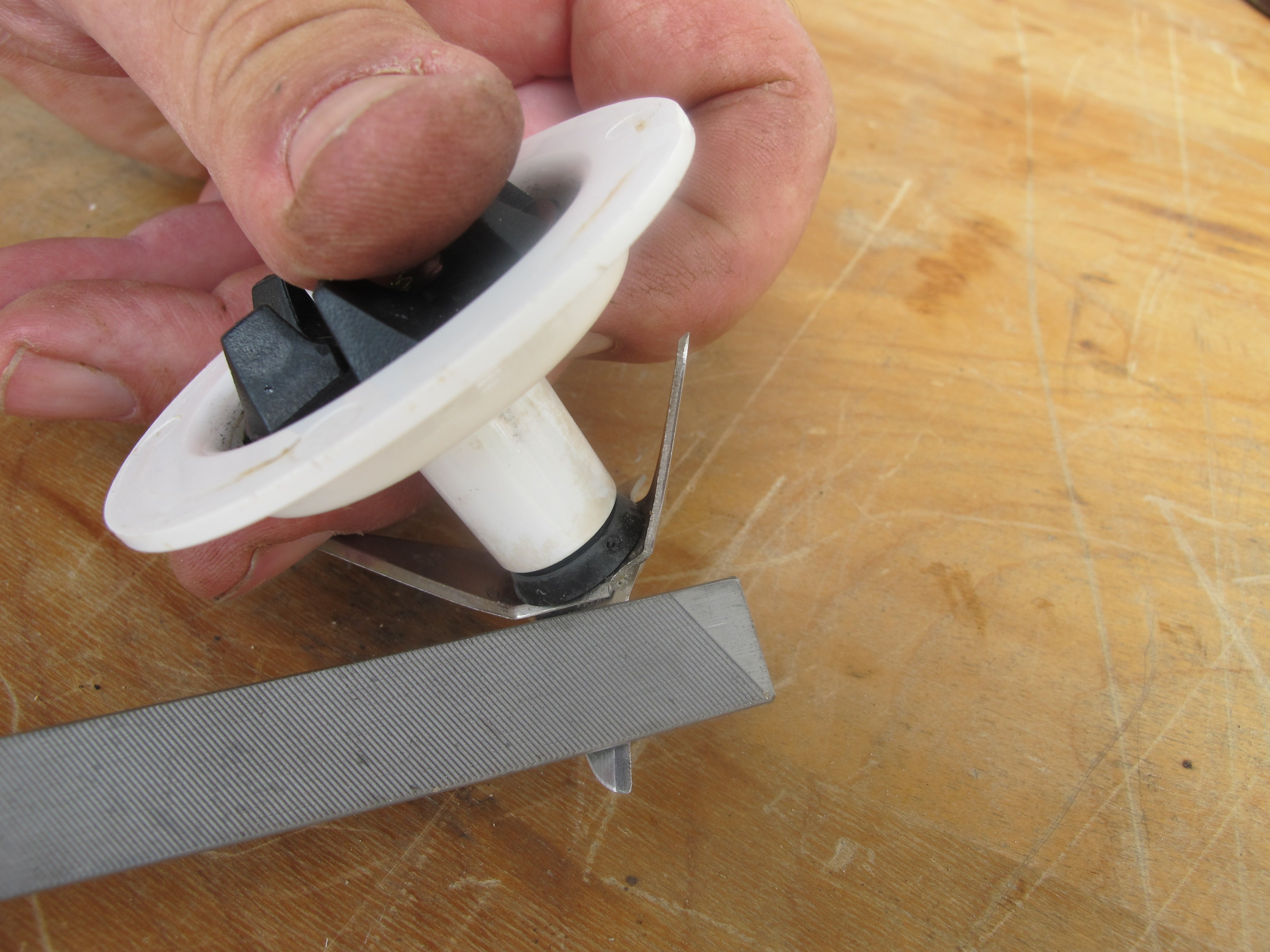
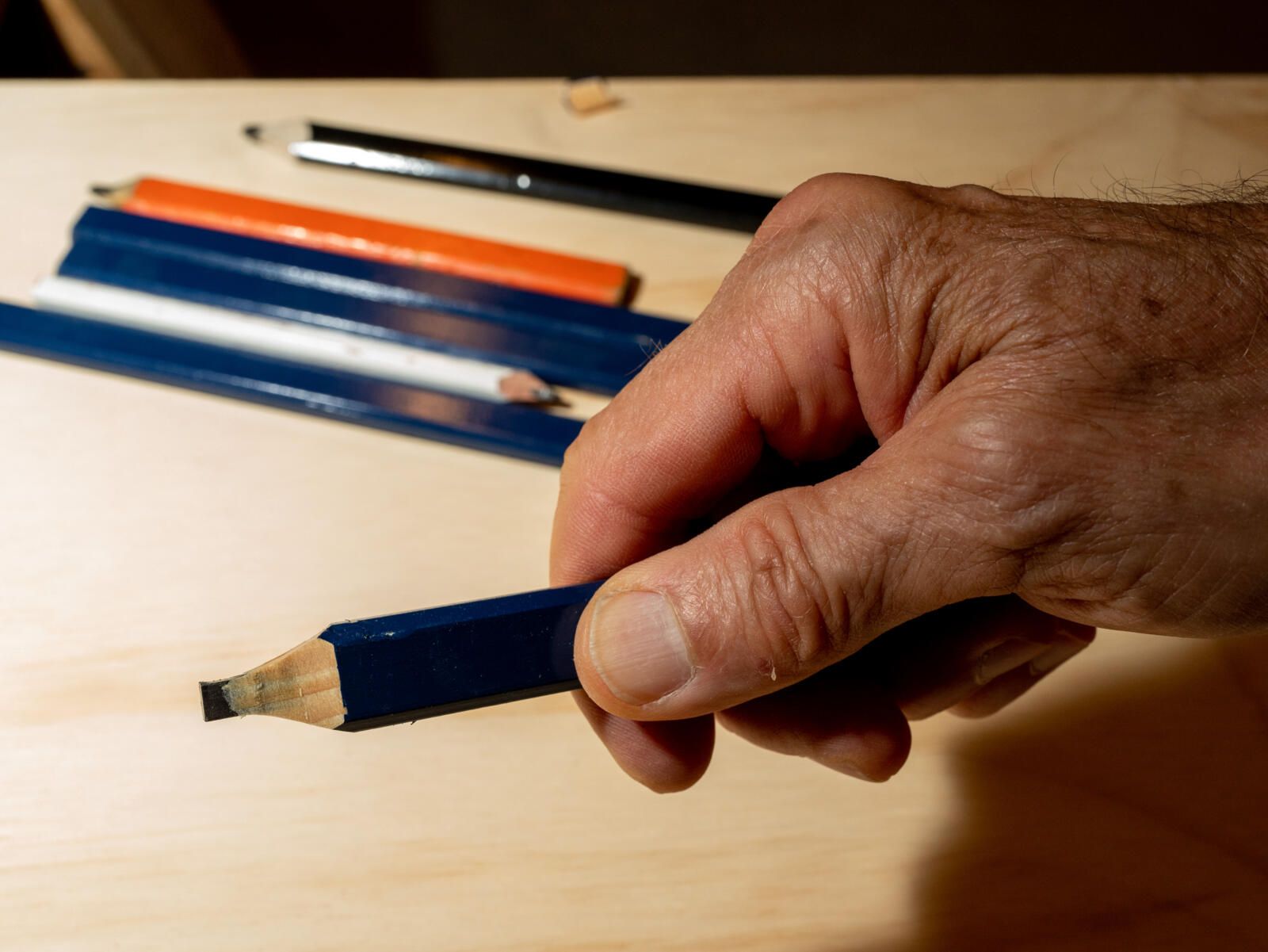
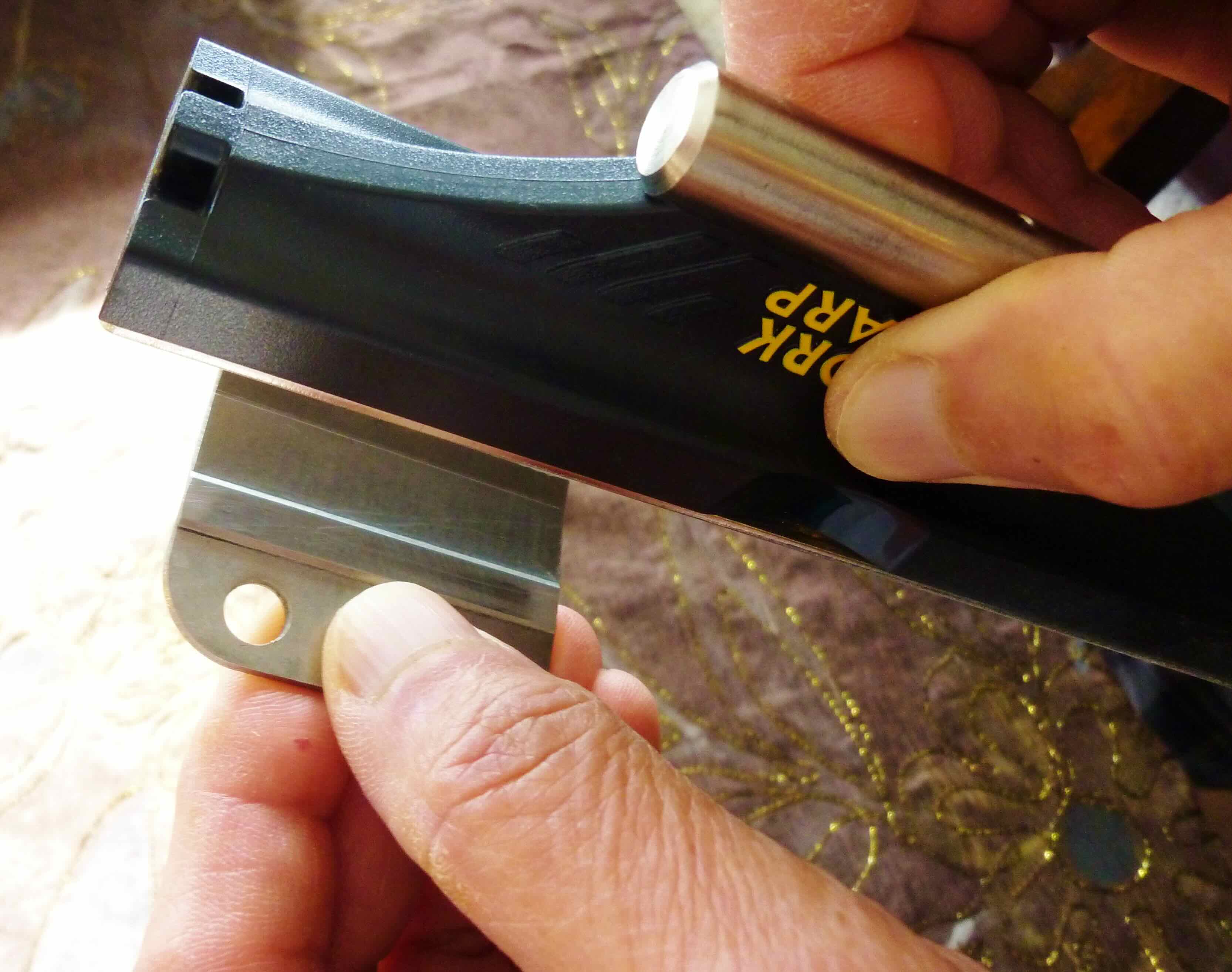
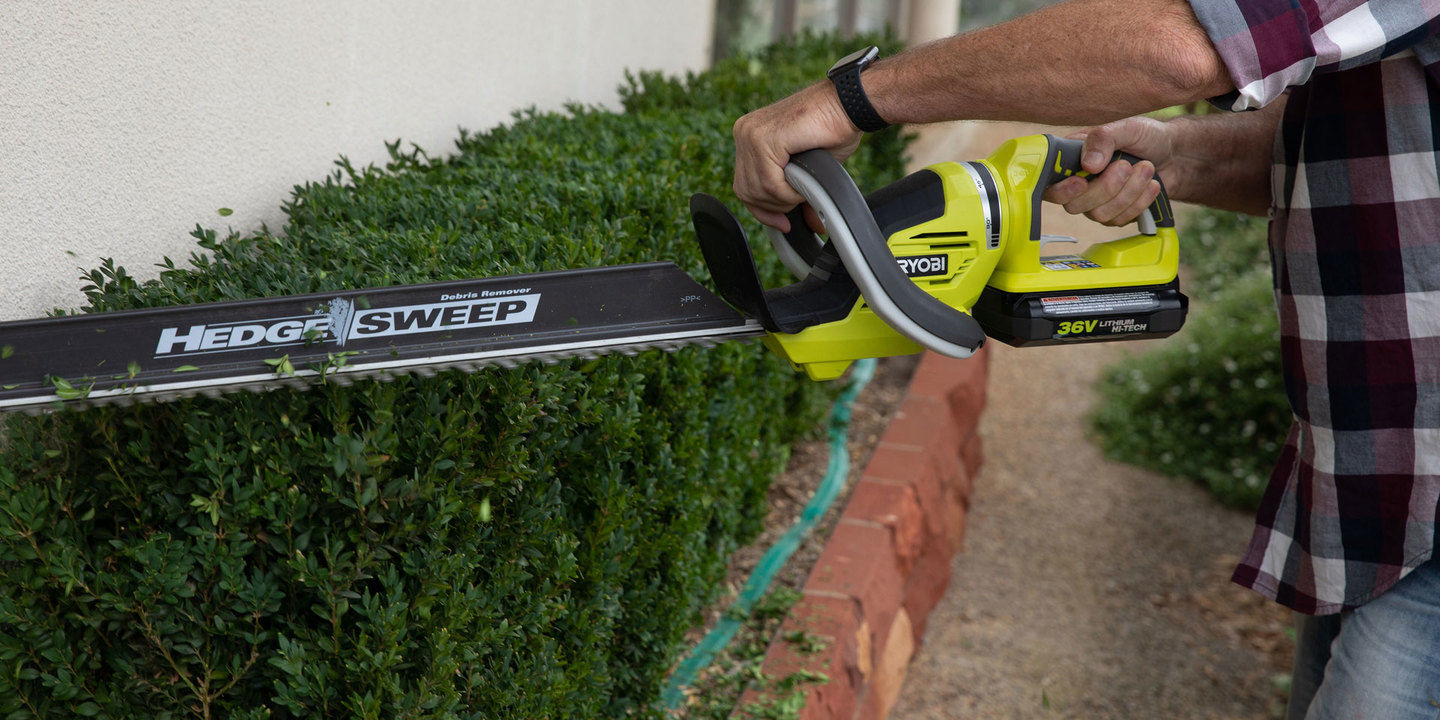
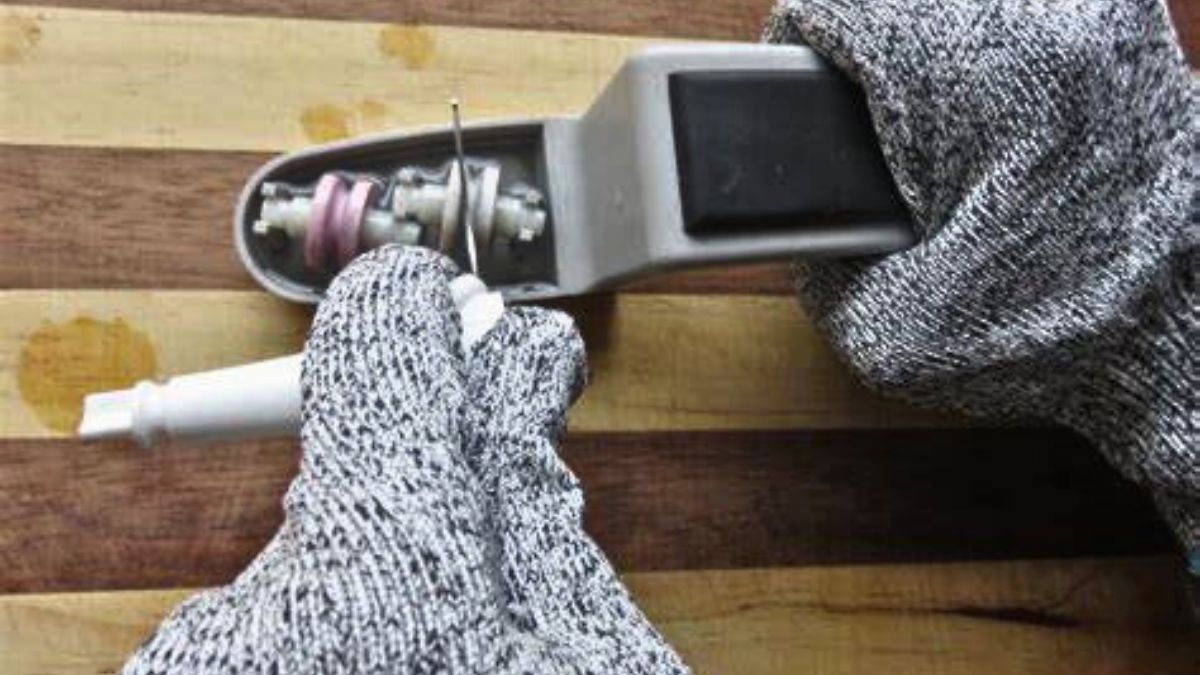
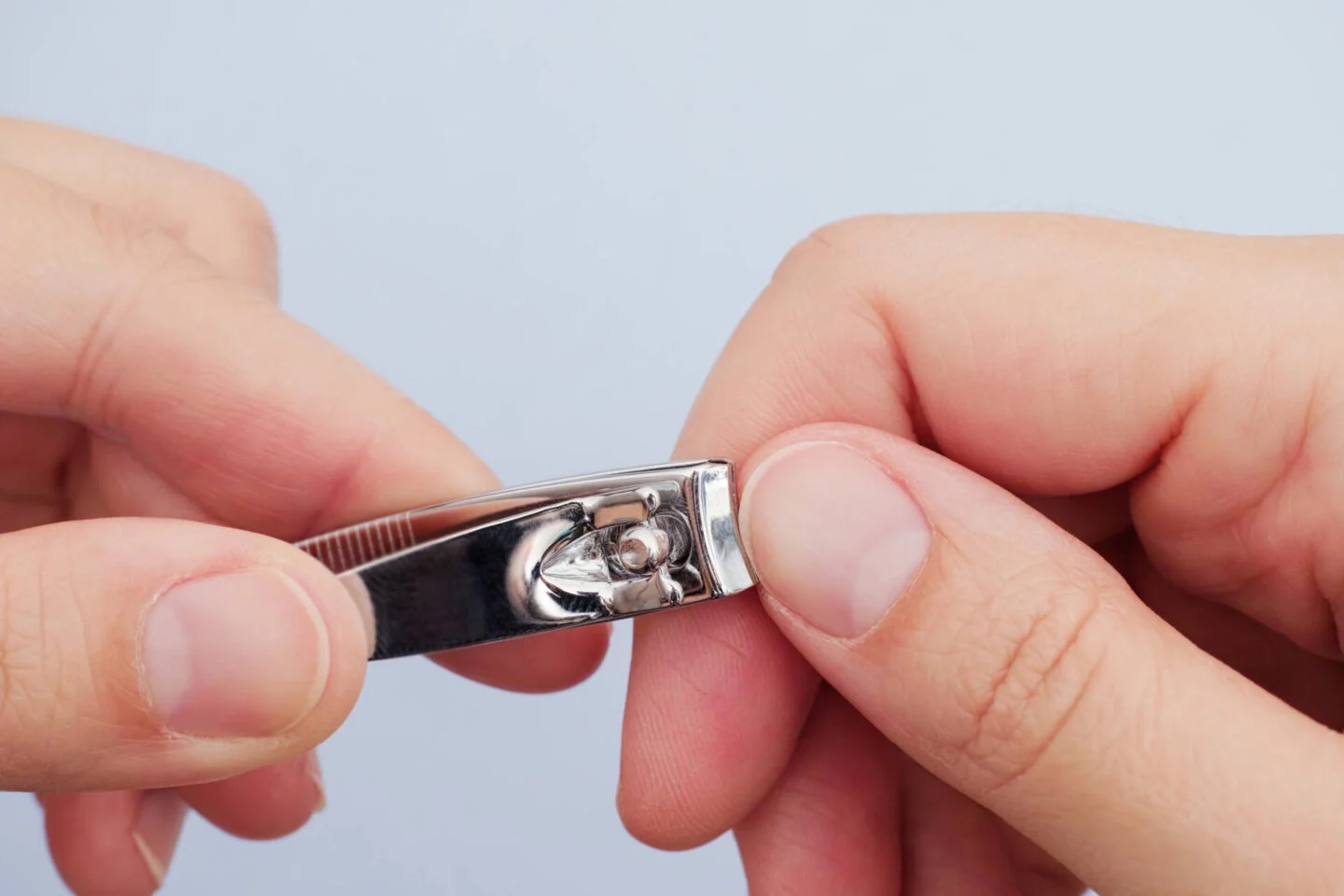
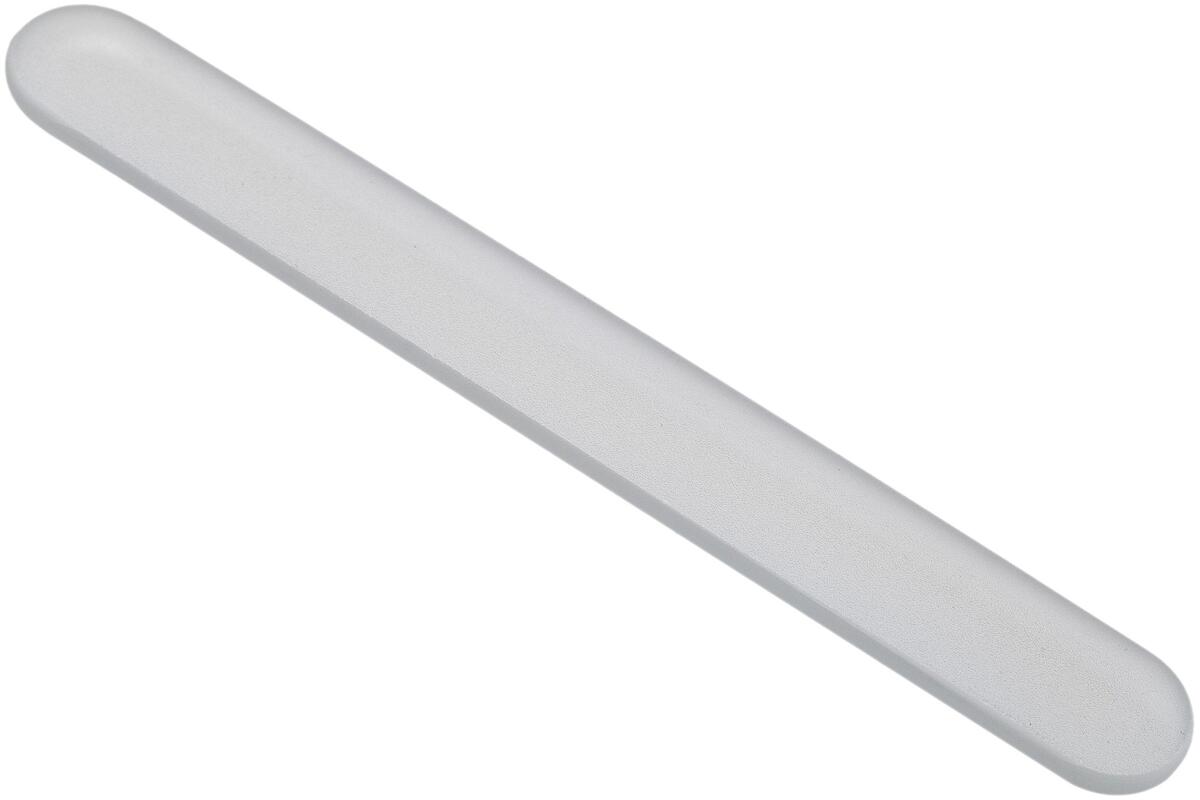
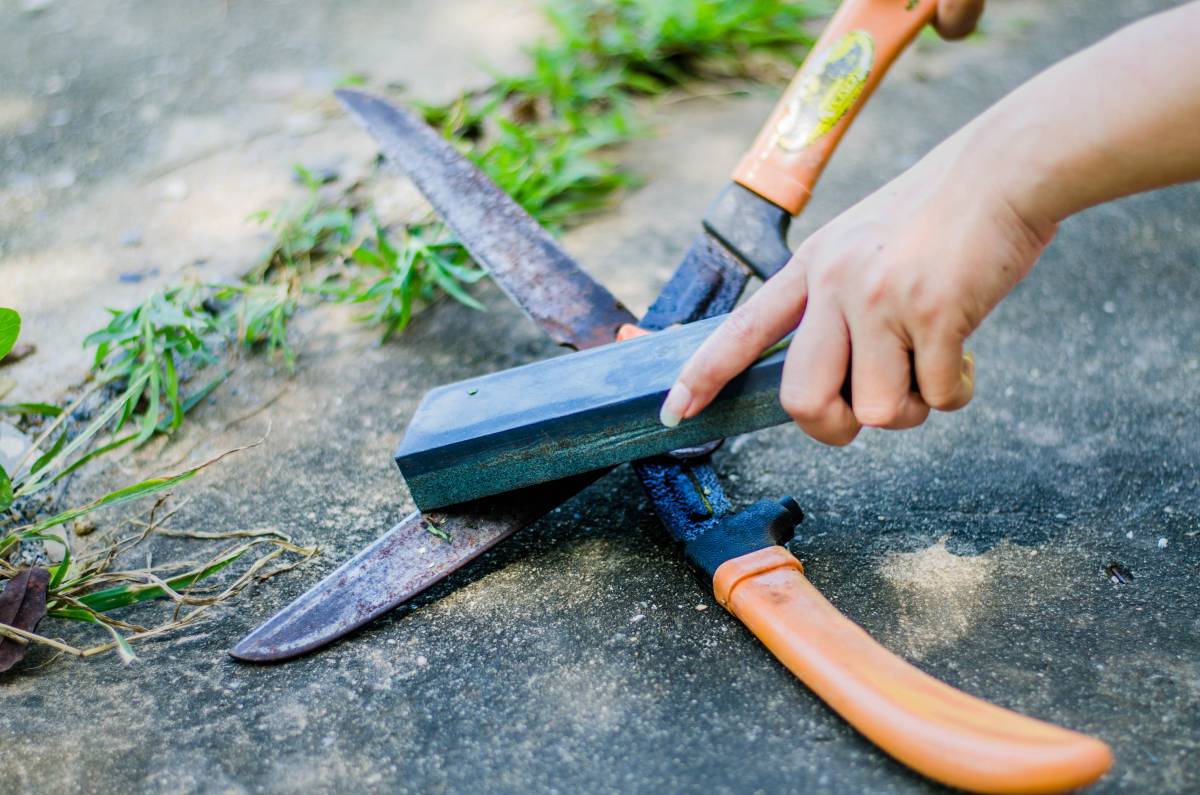
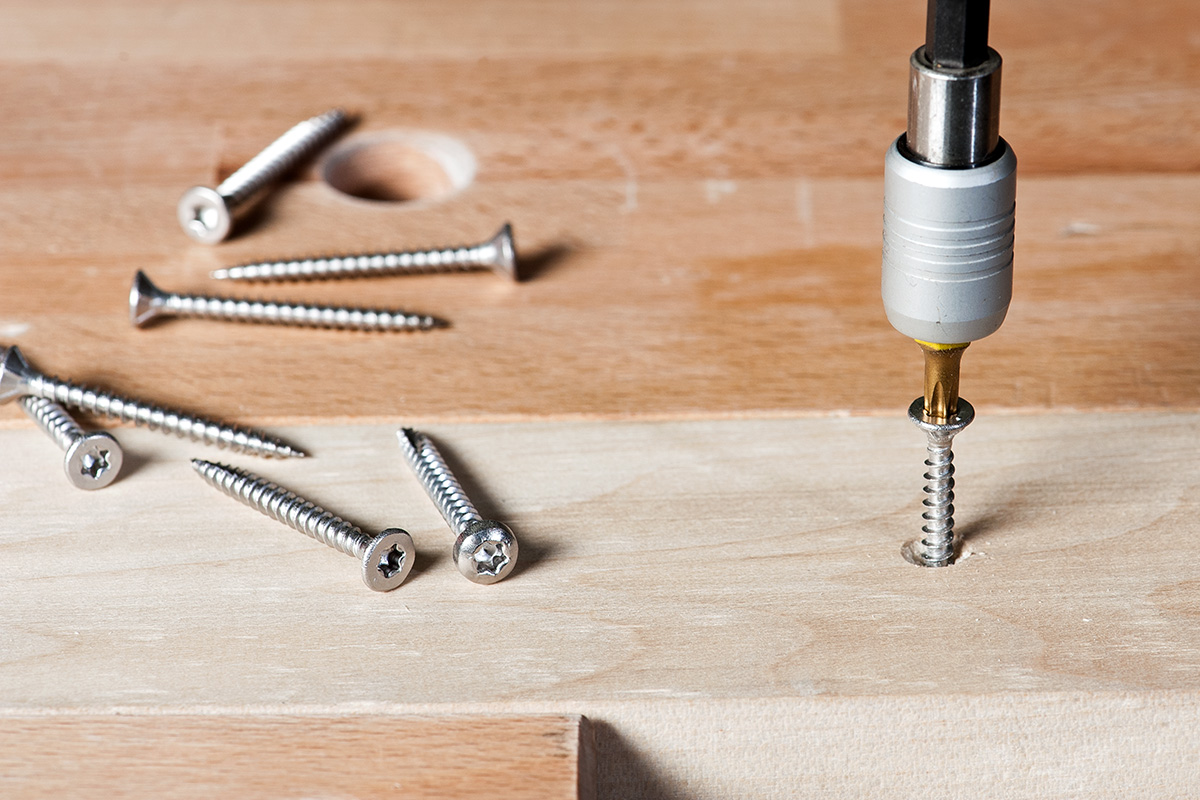
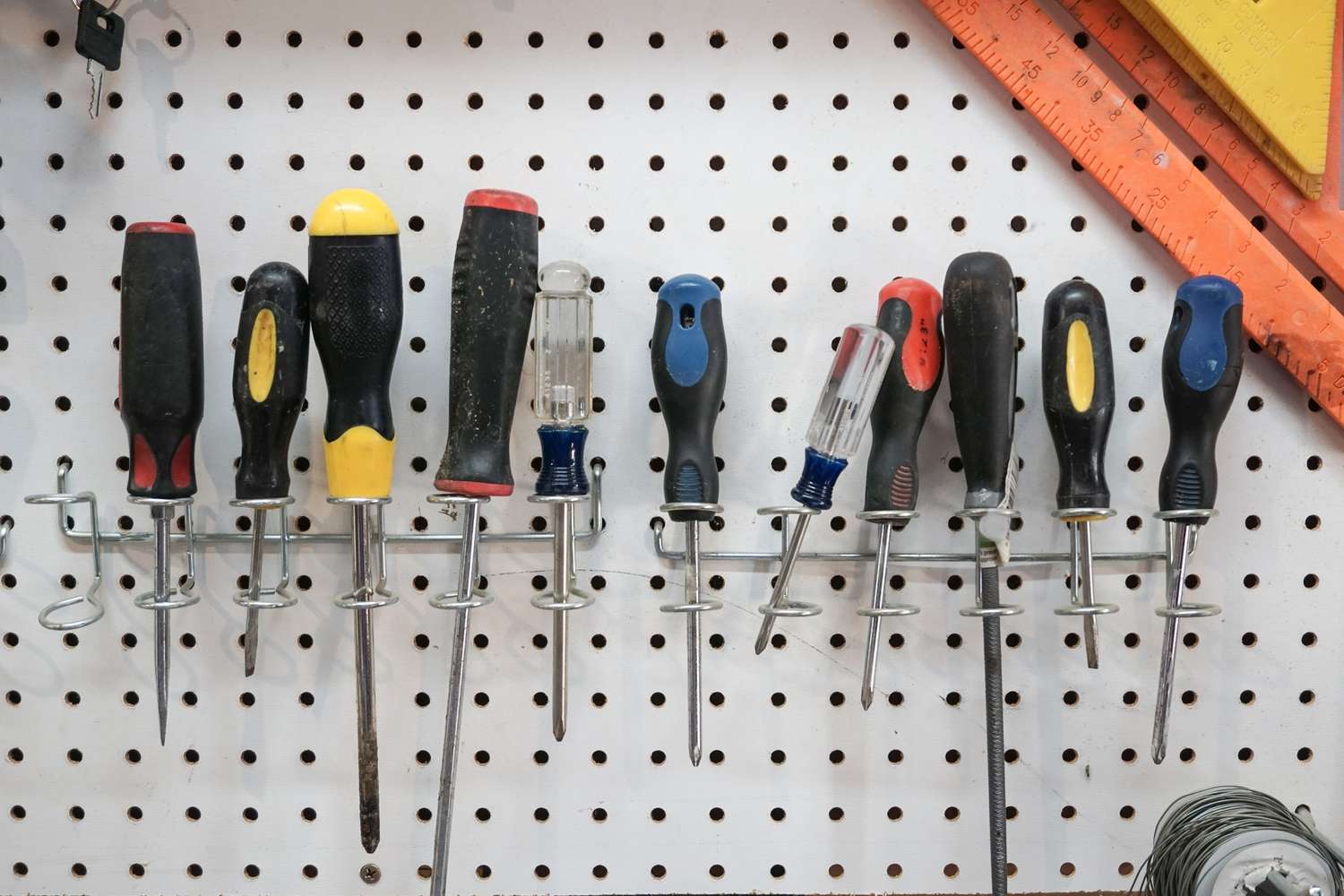
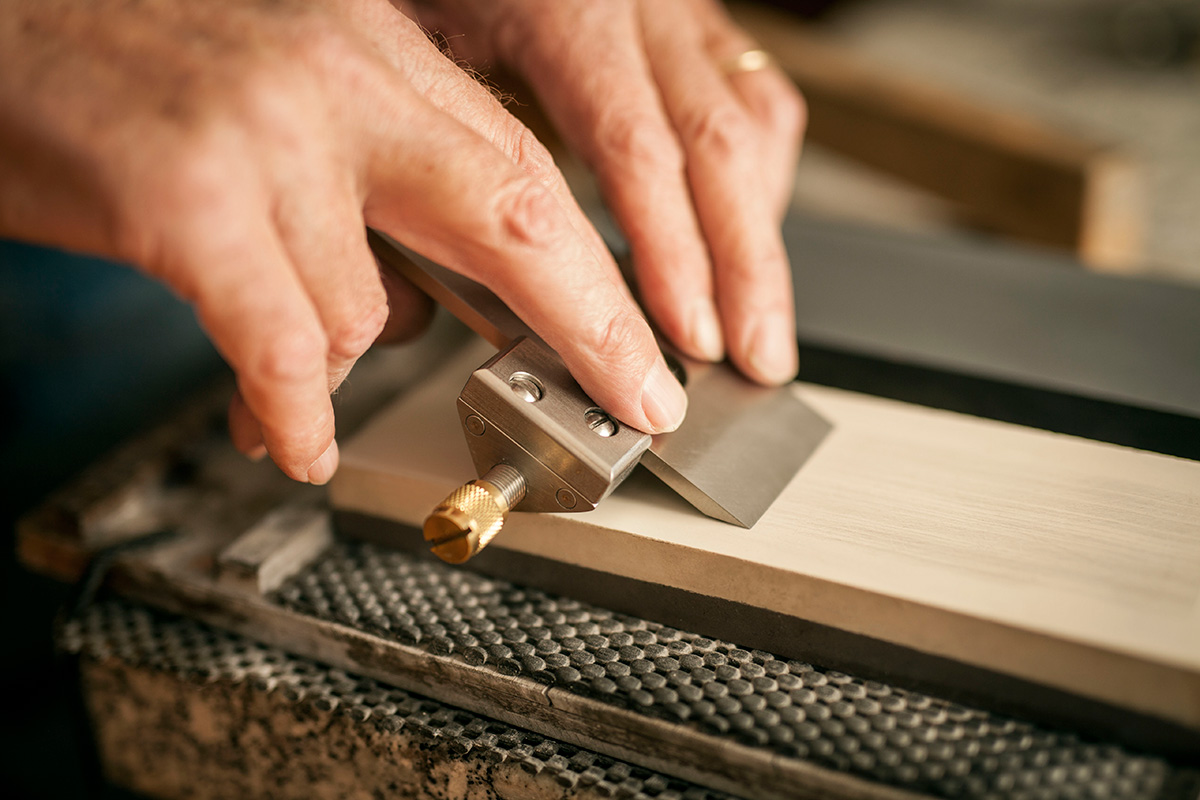

0 thoughts on “How To Sharpen A Screwdriver”